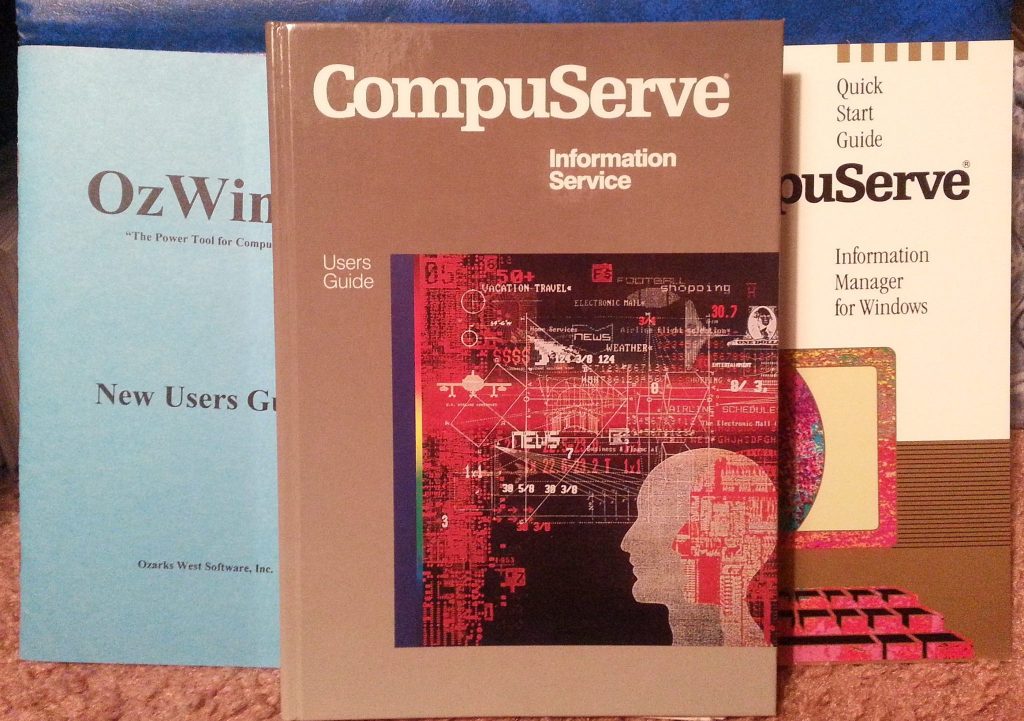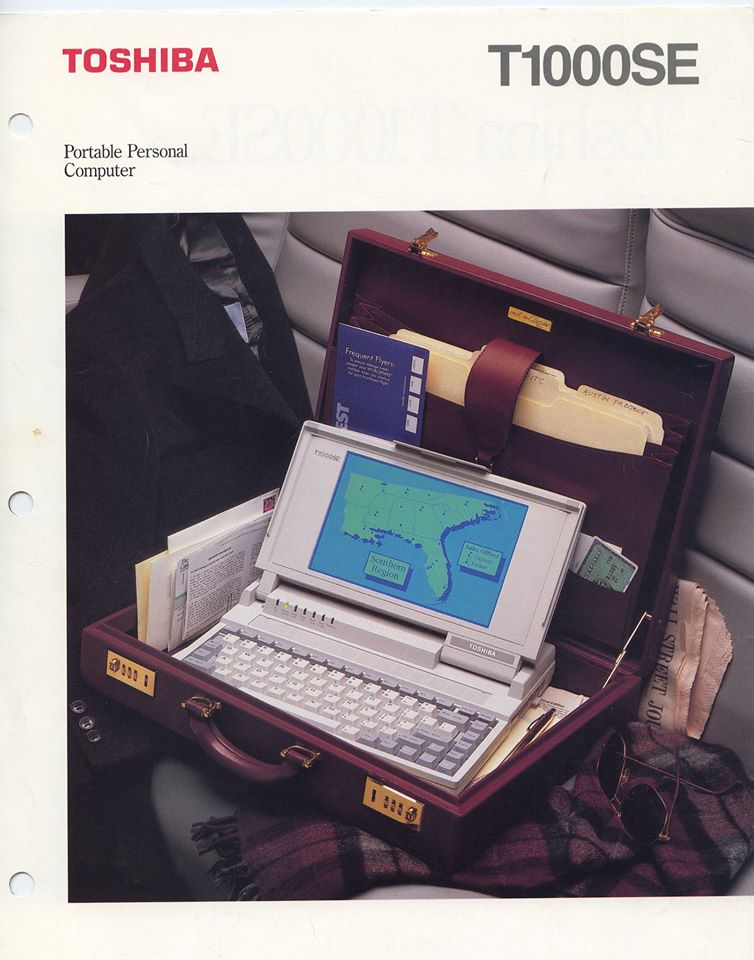Around here we talk about the Second Layer Problem. You have a bookcase that doubles as a curio cabinet, books in the back, tchotchkes in the front? Or two rows of paperbacks per shelf? Second Layer Problem. There are boxes stacked on the floor in front of the bookcase/file cabinet/dresser/workbench? Doesn’t matter how neatly organized and labeled the boxes are, you have a Second Layer Problem. First Layers are intentional. Second Layers are provisional. You didn’t -mean- for that to stay there as long as it has. But inertia is powerful, especially in a well-appointed* fannish household.
Motivated by what we children found in my late mother’s house earlier this year, I’ve been chipping away at the Second Layer Problem in my office–which was considerable, because it had become a dumping ground for boxes of Stuff exiled from other parts of the house. The situation was aggravated by about ten banker’s boxes of books, cameras, photos, and other items which came back with me from New Jersey.
But, progress! The Second Layer Problem now only exists in front of about 5 of the 25 bookcases, and most of what’s left needs to go on the shelves. So my focus has shifted to gathering some of the low-hanging cruft and boxing it to take to MSU Recycling, thereby freeing space on shelves which have been packed full since some time in the 20th Century.
Good-bye, Paradox for Windows and SFWA FORUM. Good-bye, Publication 17 and MSU ALUMNI MAGAZINE. Good-bye, every WGA publication except ON WRITING. Good-bye…no, I’m going to keep the ST:TNG, ST:DS9 and ST:V bibles for now.
But there are a few things I couldn’t condemn to recycling without scanning or photographing. See the captions for context.
I’m looking forward to taking up the Clear Flat Surface Problem next.
(How does all this help me get new books written? I’m reclaiming this space for its intended purpose, dialing back the distracting visual clutter, converting it from a museum to a workshop. Thirty years ago I told an interviewer that “I write to fill the silence.” I am making my office a place where silence can happen again.)
*People who don’t have books–or collections–don’t understand. -All- of it is important. ☺




